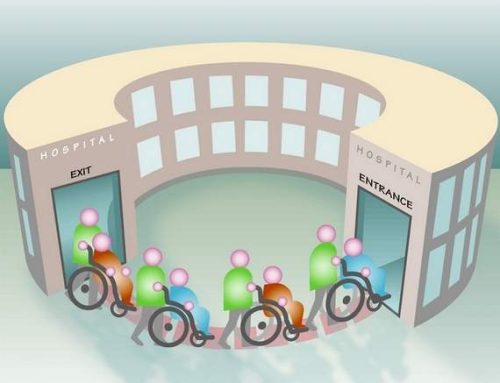I hope the past three posts have helped healthcare practices begin to think about all the important ways that they can improve profitability without working harder, seeing more patients or laying off staff. This post will focus on methods to improve collecting what you bill. I have seen many practices increase production as a solution to increase profits. Typically that is done without an eye towards collections. When this happens everyone works harder, gets burnt out and administrative cost rise but total revenue barely goes up. We at BHM Healthcare Solutions recommend to first improve the collection process. We also have a saying that what is measured is managed so our first step is setting up metrics and benchmarks.Let’s discuss how improving collections can improve your profitability.
Improving Healthcare Profitability for Providers: Improving Collections
Here are three ways to measure performance in collections:
1. Months in gross fee-for-service AR – this benchmark tells you how many months it takes to get paid –Divide total AR by 1/12 annual gross fee-for-service charges.
2. Percent of total AR over 120 days –Top-performing organizations will see less than 10% of AR more than 120 days old
3. Adjusted fee-for-service collection percentage – focuses on the money you expect to collect. Take 12 months of collections, subtract refunds to insurers and patients, and multiply the difference by 100. Divide this figure by gross charges for the same period minus contractual discounts set by insurers.
The above three simple measures are a good place to start tracking monthly. The next step is to set organizational goals. Because collecting balances is numbers oriented, it is important to set quantifiable work goals which helps produce results. Set both organization wide, and individual collector goals. Develop standard processes for collection of account receivables. Finally award employees for meeting collection goals.
Finally it is critical to utilize collection technology. Some examples would include:
1. Utilize Electronic Claims –Will enable you to receive payment much more quickly –Send claims directly to the payer, rather than going through a clearinghouse whenever possible
2. Utilize Electronic Remittance and Fund Transfer –Automatically post payments and capture information eliminating hours of manual data entry
3. Scan documents instead of making copies
4. Utilize online statements and payments
5.Utilize PDAsUtilize charge-capture software and take it to the hospital where doctors often forget to document services rendered







